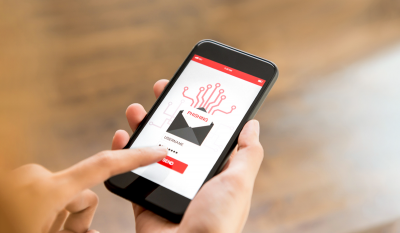Hackers have changed their tactics to be more effective with adopting the malicious URLs for the attack using the email attachment methodology for committing the crime. According to the ProofPoints, Quarterly Threat report for Q4 2018 said that there has been an increase in the attacks through the malicious URLs rather than the usage of attachments in the email setup. The Remote Access Trojans (RAT) attack also increased by the 8.4 percent of all the malicious payloads, it accounted for almost 5.2 percent of the attacks for 2018. The RAT is considered to be one of the most powerful attacks known for its power and versatility who can access all the types of data on the device just through a simple download.
The report also stated that close to 56 percent of the malware in the Q4 2018 has been targeting the banking sector. Banking Trojans are increasingly exploiting the unsecured technology and with time they have applied the versatile tools to deliver the secondary payloads. The attack may actually be able to disrupt the banks by collecting the range of user data beyond the banking credentials and even mine the cryptocurrency. Credential stealers have been much worse with their attacks comprising close to 17 percent in the Q4 2018.
Malware attacks have been elaborate kind of threat that steals the data indiscriminately. Attackers are motivated by the financial gains after the account credentials have been stolen, even if the collected data is not useful during the immediate term. Proofpoint in the report also predicted that Emotet currently comprises only 76 percent of all banking Trojan attacks in 2018. So a strong security system to trace the mail sender’s authenticity along with a deep scan of any attachments or mail content will prevent the banking sector from the malicious attacks.














